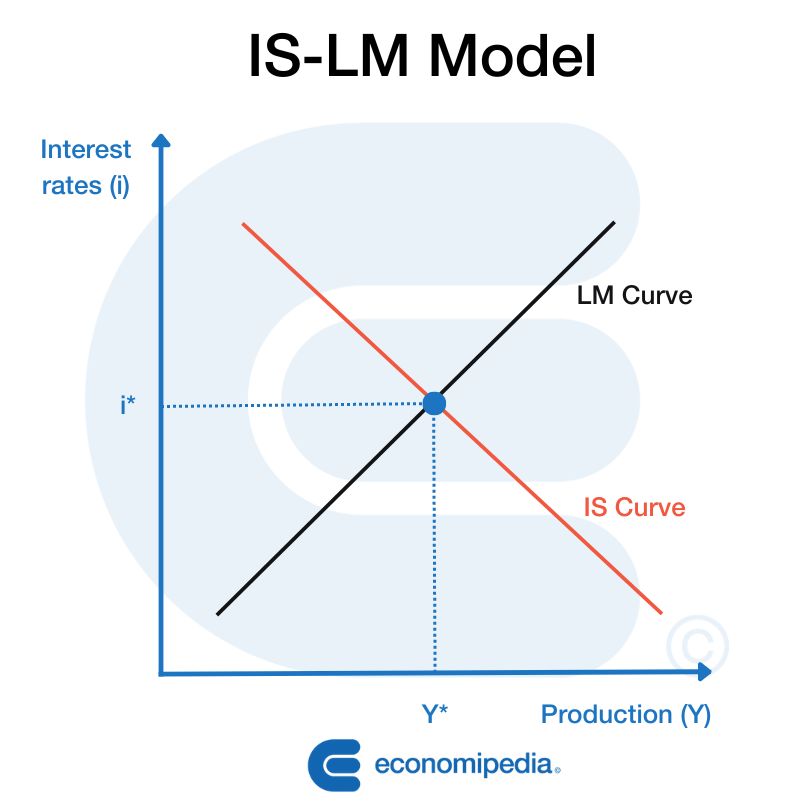Aggregate demand
Aggregate demand is the total goods and services demanded by a country, at a given price level, in a given period of time.
Aggregate demand, which can be counted, measures exactly the same thing as GDP. They are therefore often used synonymously.
How to calculate
To calculate aggregate demand, the same methods can be used as for calculating GDP, however, it is associated with expenditure, so it is calculated by the product method, i.e. from the point of view of what society has spent. This calculation takes into account the expenditure of households (individuals), what has been spent on investment, government expenditure and, finally, net exports, which is the difference between imports and exports. Thus, the formula for Aggregate Demand would look like this:
DA = C + I + G + (X-M)
On the other hand, domestic demand is the expenditure on goods and services (public (G) and private (C)) and investment (I) made by the residents of a country during a given period of time. Aggregate demand is therefore:
DA = Domestic demand + net exports
This is what each component means:
- Consumption (C): Household expenditure on goods and services, including those produced abroad.
- Investment (I): Represented by the I indicates all the investments that companies have made: machinery, capital goods, housing…
- Public expenditure (G): These are the purchases made by any public administration; expenditure made in exchange for goods and services. This does not include expenditure on unemployment, pensions, etc., because these are transfers made in exchange for goods or services.
- Net exports: Means exports minus imports.
- Exports (X): products produced in one country and purchased by residents of other countries.
- Imports (M): are goods and services produced in a foreign country and purchased by the country’s residents. Their difference is intended to show only expenditure produced solely within the country.
All sectors where expenditure may have been incurred are therefore taken into account. But it is also important where they have been produced, so exports and imports are also included. If the figure for the former is higher than the figure for the latter, it means that we have sold more than we have bought; a positive difference that will be added to the rest of the expenditure, and vice versa.
The aggregate demand curve
The aggregate demand curve graphically represents all combinations of the price level and national output with the money market and the goods market. The higher the prices, the lower the aggregate demand. The IS-LM model represents the aggregate demand curve.


